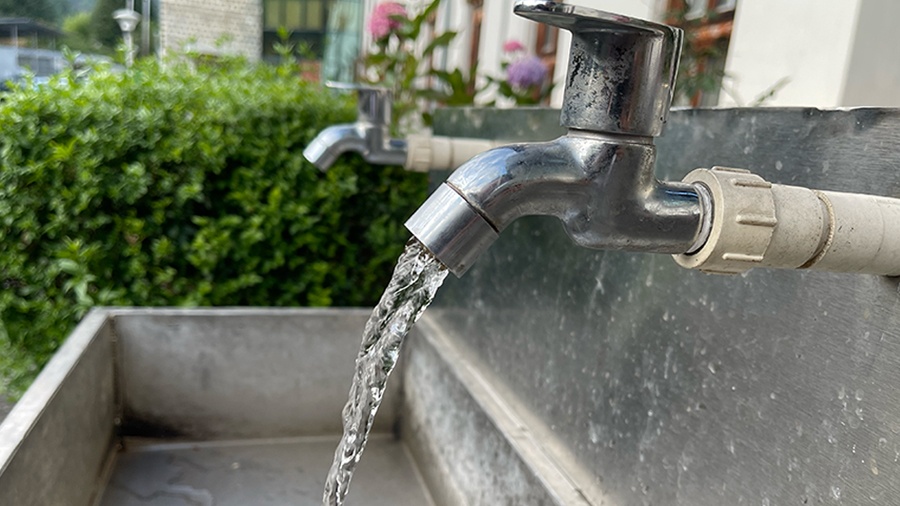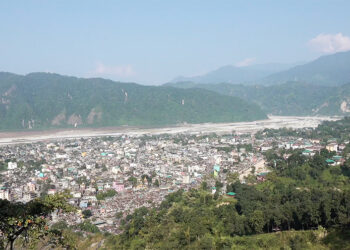 If you drink water straight from the tap, you might want to think twice or better yet, boil it first. A recent nationwide study by the Royal Centers for Disease Control (RCDC) found that nearly half of the country’s urban water supply is unsafe for drinking. The study revealed that many water sources fail to meet microbial standards and contain insufficient chlorine, the chemical used for water disinfection.
If you drink water straight from the tap, you might want to think twice or better yet, boil it first. A recent nationwide study by the Royal Centers for Disease Control (RCDC) found that nearly half of the country’s urban water supply is unsafe for drinking. The study revealed that many water sources fail to meet microbial standards and contain insufficient chlorine, the chemical used for water disinfection.
Prem Mani Mongar, a Thimphu resident, never drinks tap water raw. Every day, he fills his boiler and boils it before use.
He said, “I usually drink boiled water. After that, I keep it in the jar to let it cool down. When it’s warm, I drink it. If we drink directly from the tap, I get a sore throat or sometimes get stomachache.”
Like him, many residents in the capital do not trust the taps, which are meant to supply treated water.
“It is usually not advised to drink water directly from the tap. I either boil it before consuming or drink mineral water. It is because drinking directly from the tap affects our health. Moreover, during monsoon, the water becomes dirtier,” said Tandin Wangchuk, a resident of Thimphu.
Another resident, Sangay Tenzin said, “I always drink boiled water. It’s because it can have microorganisms and germs if not boiled. These are harmful to our bodies. So, I always boil it before drinking.”
“During the monsoon, tap water becomes dirtier due to rainfall. So in my family, we either boil it or drink mineral water,” said Yeshey Zangmo, a resident.
Their caution is not misplaced.
The RCDC study tested nearly 21,000 urban water samples and found nearly 53 per cent met the national safety standard of zero harmful bacteria. Meaning, almost half of urban water contains germs that could make people sick.
The study also examined rural water systems, usually untreated, where just over 70 per cent of samples met the national standard. Researchers also found that water often loses disinfection as it travels through pipes.
“The quality of drinking water was a serious concern. One way to improve it is through chlorination. However, compliance with chlorination standards was critically low, with only around 11 per cent meeting the required standards,” said Pema Chophel, the Deputy Chief Laboratory Officer with RCDC.
“Water contamination remained a persistent problem throughout the study period, from 2017 to 2024. Researchers suggest that the lack of regular meetings with relevant stakeholders may have contributed to the absence of noticeable improvements in water quality.”
The study highlighted the need for a stronger treatment, regular monitoring, and safer water systems in the country.
The government plans to achieve 90 per cent safe drinking water coverage by 2030.
Energy and Natural Resources Minister Gem Tshering said, “We have planned to achieve 90 per cent safe drinking water by the end of the 13th Five-Year Plan, but human resource remains a challenge. However, with the establishment of the Department of Water in January 2023, works such as water research are being carried out. So we pledge to achieve the target, and a recent assessment showed good results.”
But for families like Prem’s, the goal still feels distant. Until then, boiling water remains their only line of defence against what flows from the tap.
Kelzang Chhophyel
Edited by Sangay Chezom







